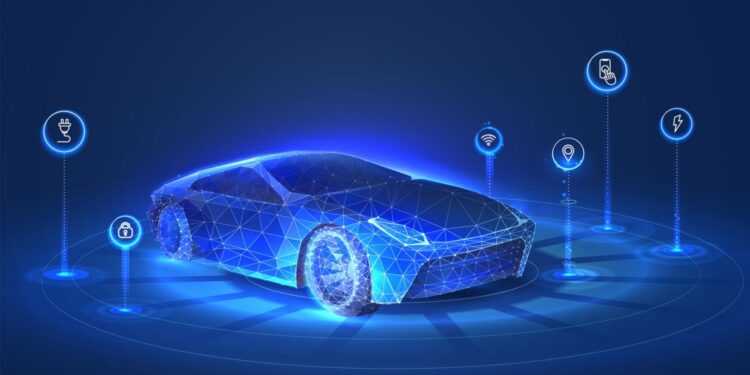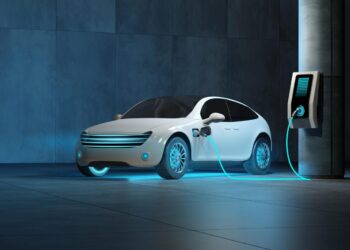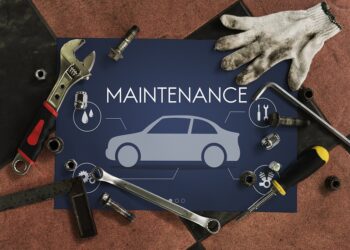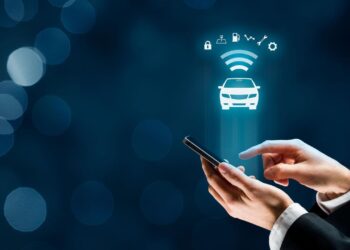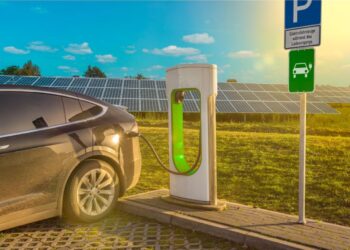The modern automobile has evolved far beyond a simple mechanical device. It is now a complex, software-driven, and highly connected machine, an integral part of the vast Internet of Things (IoT). With this incredible leap in technology comes a new and critical vulnerability: automotive cybersecurity. As vehicles become more connected—to our smartphones, to each other, and to the cloud—they also become potential targets for hackers. A cyberattack on a car is no longer a futuristic concept; it is a present-day threat that could compromise a driver’s personal data, disrupt traffic systems, or even endanger lives. The race is on to build a fortress of digital security around our vehicles.
This comprehensive guide will take a deep dive into the world of automotive cybersecurity. We’ll explore the key attack vectors that hackers exploit, the core security measures being implemented, the critical role of software and over-the-air updates, and the ongoing collaboration between industry and government. By the end, you will have a clear understanding of why cybersecurity is not just a feature but a non-negotiable requirement for the future of transportation. Securing our vehicles is a complex but essential task, and it is a journey that will define the safety and trustworthiness of the next generation of cars.
A. The Attack Vectors

To secure a vehicle, you must first understand how a hacker can gain access. The modern car is a network of interconnected electronic control units (ECUs), each of which can be a potential entry point for a malicious actor. These attack vectors are the digital weak spots that engineers are working tirelessly to fortify.
- A. The External Connection: This is the most obvious entry point for a hacker. It includes any wireless communication that the car uses.
- A. The Infotainment System: The car’s infotainment system is a prime target because it’s connected to the internet and can be accessed via Wi-Fi or Bluetooth. A hacker could use this connection to inject malware, gain access to the car’s internal network, or steal personal data from a connected smartphone.
- B. Remote Key Fobs and Keyless Entry Systems: Hackers can use a relay attack to amplify the signal from a key fob, tricking the car into thinking the fob is close by, and then unlocking the car and starting the engine. These attacks can be carried out from a distance, making them a significant threat.
- C. The Smartphone App: Many cars have a companion smartphone app that allows an owner to remotely lock and unlock the doors, start the engine, or locate the vehicle. If the app is not properly secured, a hacker could gain control of the car and access the owner’s personal data.
- B. The Internal Network: Once a hacker is inside the car’s network, they can move between the different ECUs. The most common internal network is the Controller Area Network (CAN) bus.
- A. The CAN Bus: The CAN bus is a simple network that allows the different ECUs in a car to communicate with each other. The problem is that it was not designed with security in mind. A hacker who gains access to the CAN bus can send malicious commands to a wide range of systems, from the brakes and steering to the airbags and the engine.
- B. Physical Access: A hacker with physical access to a car can plug a malicious device into the car’s On-Board Diagnostics (OBD) port, which is used for diagnostics and maintenance. This gives them a direct connection to the car’s internal network and can be used to inject malware or change the car’s settings.
- C. The Supply Chain: The supply chain is a new and significant attack vector. A hacker could inject malicious code into a piece of software or hardware before it is even installed in the car. This is a particularly difficult problem to solve because it requires every company in the supply chain to have a robust cybersecurity protocol.
B. Core Cybersecurity Measures
The automotive industry is responding to these threats with a multi-layered, defense-in-depth approach to cybersecurity. The goal is to build a fortress of digital security around the vehicle, making it incredibly difficult for a hacker to gain access.
- A. The Gateway ECU: The first and most important line of defense is the Gateway ECU. This is a highly secure computer that acts as a firewall between the car’s external connections and its internal network. It inspects all incoming data and only allows authorized messages to pass through, preventing a hacker from gaining direct access to critical systems like the brakes and steering.
- B. End-to-End Encryption: All communication between the car and the cloud, as well as between the different ECUs inside the car, should be encrypted. This prevents a hacker from eavesdropping on the communication or injecting their own malicious messages.
- C. Secure Over-the-Air (OTA) Updates: OTA updates are a double-edged sword. While they are crucial for keeping a car’s software up to date, they are also a potential entry point for hackers. A secure OTA system uses a digital signature to verify that the software update came from the manufacturer and was not tampered with. It also uses encryption to ensure that the data is not intercepted during the download.
- D. Intrusion Detection Systems (IDS): An IDS is a system that monitors the car’s network for suspicious activity. It can detect if a hacker is trying to send a malicious command to a critical system or if an ECU is behaving abnormally. The IDS can then send an alert to the driver or to the manufacturer’s security team, and in some cases, it can even shut down the compromised system.
- E. The Vehicle Security Operations Center (VSOC): A VSOC is a central hub where a manufacturer’s security team monitors the entire fleet of connected cars in real-time. They can detect a new cyberattack as soon as it happens, analyze the threat, and push a software update to the entire fleet to patch the vulnerability. The VSOC is the nerve center of a car’s cybersecurity defense.
C. The Human Factor and Supply Chain Security
Technology alone is not enough to secure a vehicle. The human factor and the supply chain are also critical areas that must be addressed. A single weak link can compromise the entire system.
- A. Supply Chain Cybersecurity: The automotive supply chain is incredibly complex, with thousands of different companies providing software and hardware to a single vehicle. A hacker could inject malicious code into a piece of software before it is even installed in the car. To prevent this, every company in the supply chain, from the smallest software developer to the largest component manufacturer, must have a robust cybersecurity protocol and a clear chain of custody.
- B. Driver Education and Awareness: The driver is the first and most important line of defense. They need to be educated on the importance of cybersecurity and the risks of connecting their car to an unsecured Wi-Fi network or downloading an unverified app. A driver who understands these risks is a driver who can make safer choices.
- C. The Automotive Cybersecurity Team: The demand for automotive cybersecurity professionals is skyrocketing. These are the experts who design the security systems, test for vulnerabilities, and respond to cyberattacks. Building and retaining a strong cybersecurity team is a major priority for every major automotive manufacturer.
- D. Bug Bounty Programs: Many companies are launching “bug bounty” programs, where they offer a financial reward to ethical hackers who find and report a vulnerability in their system. This is a powerful way to find and fix a security flaw before it can be exploited by a malicious actor.
D. The Regulation and Standardization
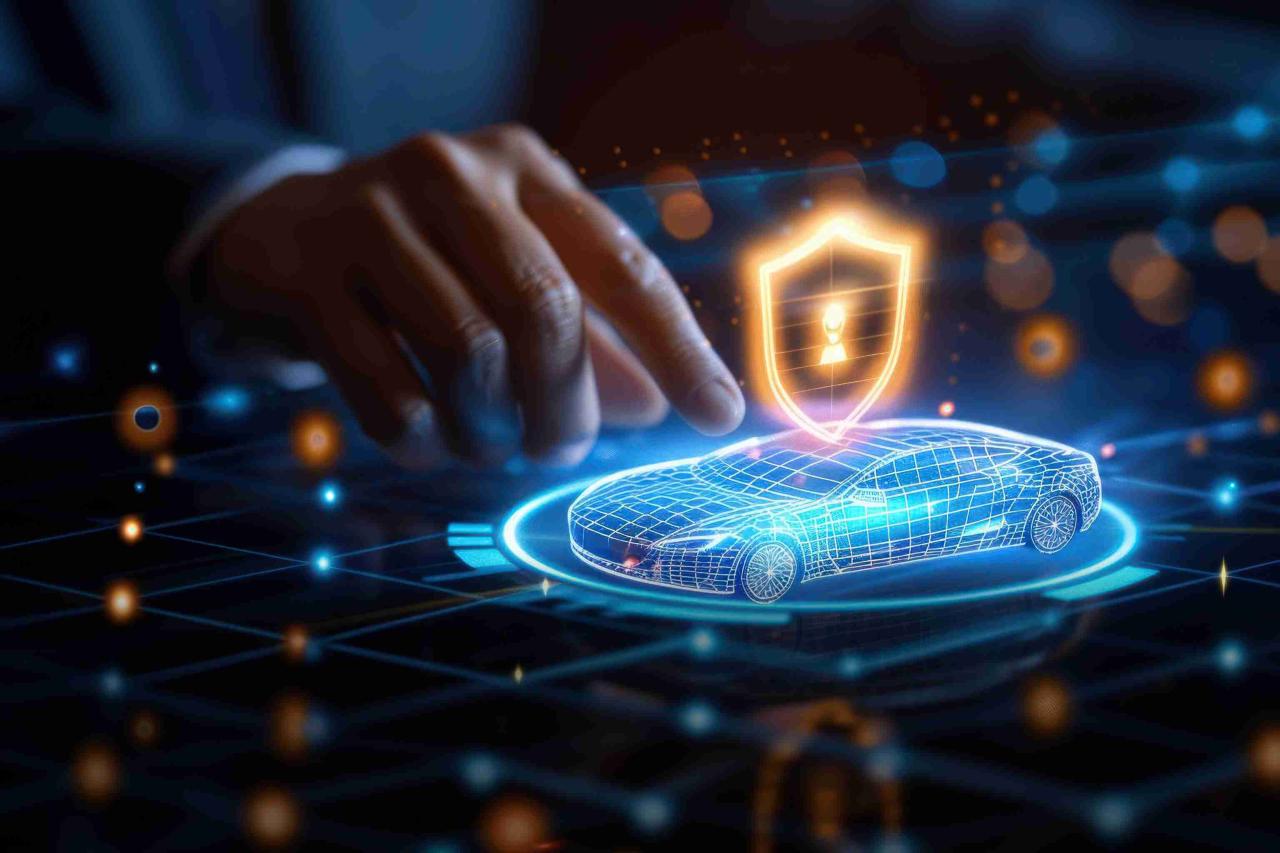
For automotive cybersecurity to be effective, it must be supported by clear and consistent regulations and a common set of industry standards. This is a major area of focus for governments and industry bodies worldwide.
- A. UN Regulation No. 155: The United Nations has established a new regulation, UN R155, that requires all new vehicles sold in certain regions to have a certified cybersecurity management system. This is a groundbreaking regulation that is forcing automakers to take cybersecurity seriously and to build a secure system from the ground up.
- B. ISO/SAE 21434: This is a new international standard for automotive cybersecurity engineering. It provides a common framework for how to manage and assess cybersecurity risks throughout a vehicle’s entire lifecycle, from the design phase to the end of its life. This standard is crucial for ensuring that every company in the supply chain is on the same page when it comes to security.
- C. The Future of Vehicle-to-Everything (V2X) Security: As V2X technology becomes more widespread, the need for a secure communication protocol becomes even more critical. Governments and industry leaders are working together to create a common protocol that all connected devices can use, while also ensuring that the communication is encrypted and secure from end-to-end.
- D. The Role of Government: Governments worldwide are recognizing that automotive cybersecurity is not just an industry problem; it’s a national security problem. They are working with automakers to create a clear and consistent regulatory framework, and they are also investing in research and development to find new ways to secure our vehicles and our transportation infrastructure.
Conclusion
The modern automobile is a testament to human ingenuity, a complex and powerful machine that has transformed our world. However, its increasing connectivity has also introduced a new and formidable challenge: automotive cybersecurity. A single security flaw can have catastrophic consequences, from the theft of personal data to the endangerment of human lives. The journey to a secure future is not a destination but a continuous process of innovation, vigilance, and collaboration. It is a complex dance between a determined hacker and an equally determined team of engineers and security experts.
The defense-in-depth approach is the new standard, with a multi-layered security system that includes everything from a secure gateway ECU to a team of experts monitoring the entire fleet in real-time. The most forward-thinking manufacturers are embracing a proactive approach, using bug bounty programs to find and fix vulnerabilities before they can be exploited. This is all supported by a new global regulatory framework and industry standards that are forcing every company in the supply chain to prioritize security. The future of transportation is not just about a cleaner, more efficient, or more convenient ride; it’s about a safer, more secure one. The connected car ecosystem, while offering incredible benefits, also carries immense responsibility. By building a fortress of digital security around our vehicles, we are not just protecting our assets; we are safeguarding our future and ensuring that the promise of a smarter, more connected world can be realized safely and with confidence. The digital shield is the new seatbelt, and it is a non-negotiable requirement for everyone on the road.

